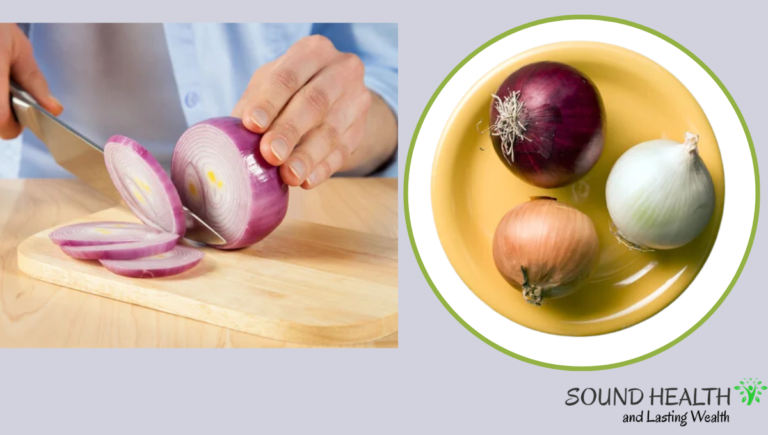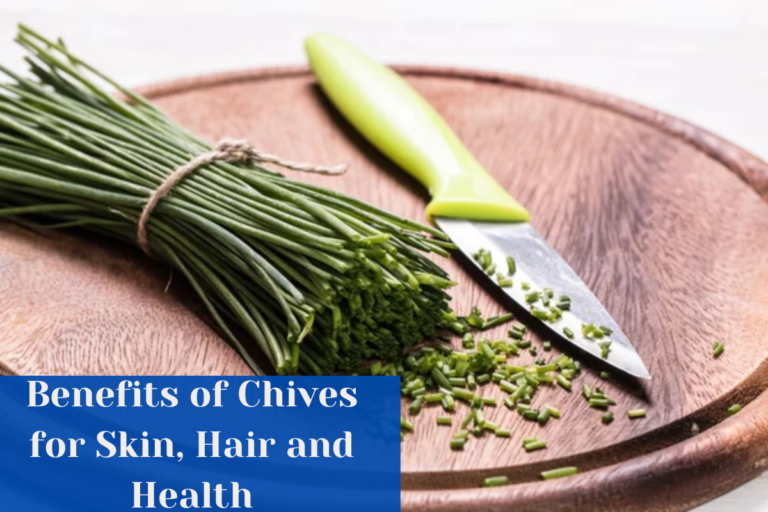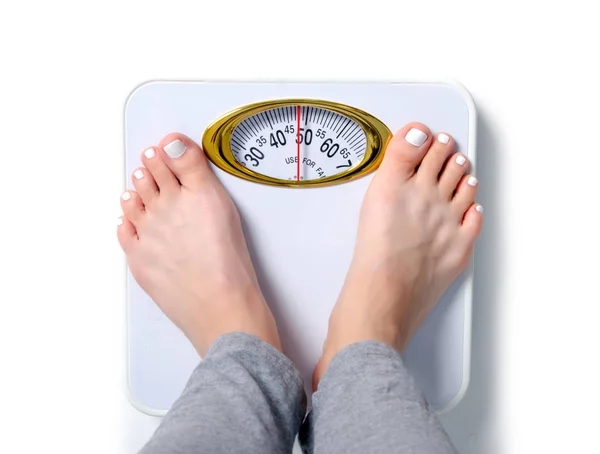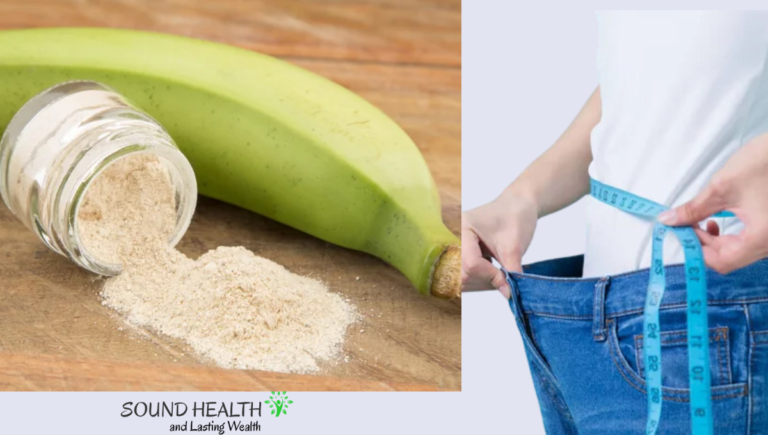This guide will show you how to do simple exercises at home to help you lose weight. It can be challenging, but also rewarding to lose weight. You should find exercises that you enjoy and are sustainable. This guide will explore different exercises you can perform at home, without the need for any special equipment. We will also give you some tips to help you get started on your weight-loss journey and to keep you motivated.
What to expect:
- You can perform a variety of effective and simple exercises at home
- Warm-up, cool down and avoid injury with these tips
- Staying motivated and setting realistic goals is important.
- Resources to assist you in your weight loss journey
You can lose weight at home by doing many simple exercises. Here are some examples:
Walking
Walking:
Walking is a great way to lose weight and improve your health. Walking is a great exercise that can be done by anyone, regardless of fitness level.
Why Walking is Good for Weight Loss –
- Calories Burned: Consistent walking burns significant amounts of calories. This contributes to the calorie deficit required for weight loss. The rate at which you burn calories depends on your speed, distance and terrain.
- Improves Heart Health: Regular walking strengthens the heart and lungs. It increases lung capacity and improves cardiovascular health. This increased oxygen intake leads to improved endurance and fitness.
- Walking is a stress-relieving activity. The rhythmic movements and exposure to the natural world can reduce anxiety and improve your mood. This will have a positive impact on your overall health.
- Increases metabolism: Walking increases your metabolic rate, or the rate that your body burns calories when you are at rest. You will burn more calories all day long, even if you are not exercising.
- Increases Bone Density Walking regularly helps to maintain strong bones, and reduces risk of osteoporosis.
- Low-impact: Walking has a low impact, which means it is suitable for all fitness levels and ages.
- Accessible and Convenient: Walking is a convenient option for exercise that can be incorporated into your daily schedule.
Jumping Rope
Jumping ropes are a great exercise for weight loss. They also improve your overall health. Jumping rope is a great activity to incorporate into your home routine. It doesn’t require any special equipment.
Jumping rope is good for weight loss.
- High-calorie burner: Jumping a rope burns an impressive amount of calories each minute. This is a great way to lose weight.
- Full body workout: Jumping a rope works all your muscles, including the legs, core, shoulders and arms. It is a great workout for everyone.
- Improves cardiovascular fitness: By strengthening your heart and lungs you will improve cardiovascular health and endurance.
- Increases in bone density: Jumping a rope increases bone density by putting stress on the bones.
- Improves coordination and agility This sport requires coordination and agility.
- Portable and convenient: Jump ropes are portable, so they can be used anywhere.
- Engaging and fun: Jumping a rope is an engaging and fun activity that makes it easier to stick with your exercise routine.
Squats
Squats engage multiple muscle groups and are therefore a great exercise for building strength. They can also help you achieve your weight loss goals. Squats are easy to do, don’t require any equipment and can easily be incorporated into a home workout.
Squats are good for weight loss:
- High Calorie – Burner: The squats engage a number of muscle groups, both in the lower body and your core. This leads to calorie burn during and after workout.
- Increases Muscle mass: By increasing muscle mass, you can burn more calories even when at rest.
- Increases strength and power: Squats improve your legs, glutes and core, leading you to greater strength, power and athletic performance.
- Improves Cardiovascular Health : Squats will increase your heart rate, improve cardiovascular health and lead to improved endurance and fitness.
- Increases Bone Density Squats is a weight bearing exercise that stimulates bone growth, increases bone density and reduces the risk of osteoporosis.
- Adaptable and Versatile: Squats can be performed with different modifications and progressions depending on your fitness level and goal.
Squats:
- Master Basic Squats: Stand shoulder-width apart with toes pointing slightly outward. As if you were sitting down in a chair lower your body, while keeping your spine straight and your core engaged. You can go as low as is comfortable and then return to your starting position. Try to do 3 sets of 10-12 reps.
- Focus On Form: Make sure you have the proper form in order to avoid injuries and maximize your effectiveness. Maintain a straight back, engage your core, and keep your knees over your toes.
- Warm up: Before your workout, warm your muscles and joints to prepare them for activity.
- Listen To Your Body: If you’re new to this exercise, start with lighter weights. As you gain strength, gradually increase the intensity and challenge of your workouts.
Squat variations and progressions:
- Squats with Bodyweight: The basic form of squats, which does not require any equipment.
- Weighted squats: Add dumbbells to the squats as you gain strength.
- Jump Squats Add a jump to the top of squats for explosive power.
- Pistol squats: In this challenging variation, you balance on one leg and perform the squat.
- Wall squats: Use a wall to support you while performing squats. This is a great exercise for beginners and those who have balance problems.
Safety Tips:
- Wear shoes that provide good support.
- Avoid locking your legs at the top.
- Don’t push yourself beyond your limits.
- If you feel pain, stop.
Lunges
The lunge is a dynamic exercise which targets several muscle groups of your lower body. They are therefore a great tool for weight-loss, building strength, and improving overall fitness. The exercises can be done anywhere and require little equipment. They also offer a variety of benefits.
Why lunges can help you lose weight:
- Calorie Burner Lunges work major muscle groups such as your quads and hamstrings. This leads to significant calorie burn during and after the workout.
- Increases strength and power: By performing lunges, you can increase your athletic performance, power and strength.
- Increases core stability: The Lunges requires core involvement for balance and stabilization, which strengthens your core muscles.
- Improves Flexibility: Leggings increase hip and ankle range of motion, and prevent injuries.
- Modifiable, Adaptable: You can perform lunges with different modifications and progressions depending on your fitness level.
- Portable and Convenient: Lunges can be done anywhere, without any equipment.
How to Start with Lunges
- Learn the basic Lunge: Stand with your legs shoulder width apart. Step forward on one leg and lower your hips so that both knees form 90-degree bends. Keep your front leg in line with the ankle, and your back leg pointing down. To return to your starting position, push through the front heel. Repeat the exercise on the opposite leg. As a rule, aim for three sets of 10-12 repetitions each leg.
- Focus On Form: Make sure you maintain proper form in order to prevent injury and maximize your effectiveness. Maintain a straight back, a core that is engaged and relaxed shoulders.
- Warm up: Before your lunge exercise, warm your muscles and joints.
- Listen To Your Body: If you’re new to this exercise, start with bodyweight lunges. As you gain strength, gradually increase the intensity and challenge of your lunges.









+ There are no comments
Add yours